
One of the greatest things about CGI is being able to enjoy sites from all over the world from the comfort of your desk chair. This sentiment is shared by M. Serhat Sezgin, our October 2022 3D Artist of the Month, who loves acquainting himself with different cultures and audiences from all over the world through his archviz work. An experienced interior and furniture designer, Serhat impressed us with his design of the Kazakh ‘Almati Café’, an opulent structure housing a lushly decorated interior.
In our interview, Serhat talks about artistic adaptability, historical inspirations, and gives insight into his design process.
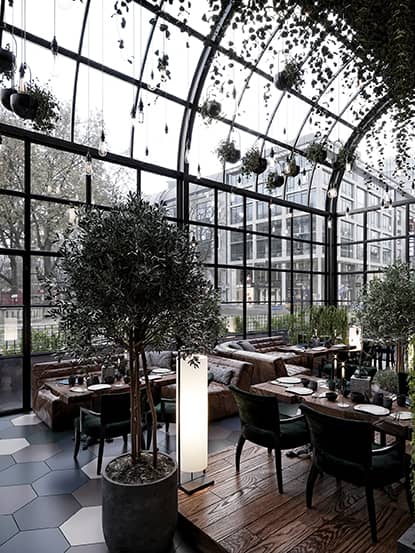 |
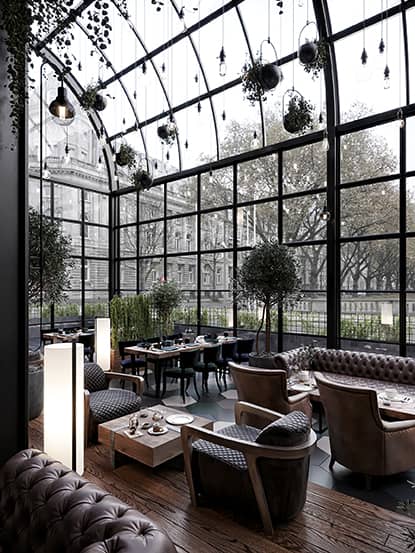 |
Hi Serhat, thanks for joining us at the Rebus Render Farm! To start things off, please introduce yourself to our readers.
Hello, my name is M. Serhat Sezgin, I am 39 years old architectural and interior designer from Ankara, Turkey. I am married and have two sons, and I love sports and the outdoors, ideally together.
Can you tell us a bit about your beginnings as an archviz artist and your personal history with 3D?
Sure! I have a bachelor’s degree in furniture and interior design, and my first encounter with CGI came at the start of my third year at university. From then on, I spent a lot of time training myself in 3D, first it was all about modeling, then I became very focused on lighting; I remember modeling a simple chair, then trying out different lighting settings for days on end, just observing how the model reacted. 3D became my passion in those years, and deciding to pursuing a career as a 3D artist was the obvious choice for me.
With over 15 years of experience in architecture, design, and architectural visualization, can you briefly summarize your professional career up to this point? What were some of your personal highlights or projects you particularly enjoyed?
On the way to becoming a 3D artist, I went through plenty of difficult and enjoyable times. When I first started, resources in the field of 3D were hard to come by. I am talking about a period when search engines were not as refined, and CGI experts were few and far between. For these reasons, learning on my own was a necessity.
Throughout my 17 years in this industry, I have worked on interior design, furniture design, and visualization at various architectural and furniture companies. It is hard pinpointing specific highlights, but I had the chance to work with many famous brands and individuals.
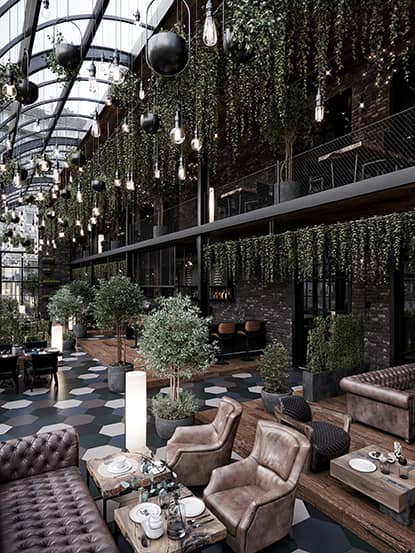 |
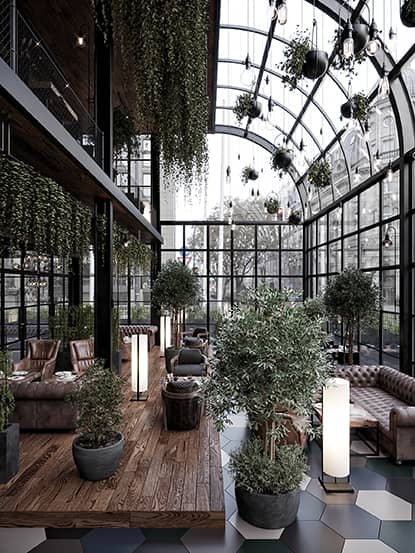 |
Please tell us about your current job situation! Are you exclusively working freelance at the moment?
I have done freelance work for many years, but now, as a father of two, I want to spend as much time with my children as possible, so for the moment, freelancing is no longer a viable option. Currently, I work as project and design manager for a furniture brand.
Describe your profile as a CG artist! Where does your fascination with architecture and archviz stem from?
The main source of my admiration for architecture comes from Mimar Sinan, a 16th century chief Ottoman architect and an important figure in Turkish history. Archviz allows me to express and incorporate my interest in architecture, which is another reason I love my job.
How would you describe your own approach and overarching vision to archviz and what inspires you as a 3D artist?
As a 3D artist, I consider myself a story teller, and the stories I tell through my designs are strongly influenced by geography. With every project, I have to carefully consider its target audience, and devise not only the story I want to tell, but also how I want to tell it. This process is especially enjoyable when it comes to different cultures and societies. When I work for an international client, I always make sure to first analyze the characteristics of their market, then craft a unique and fitting design.
Besides that, there are many other sources of inspiration I draw from, such as traveling and art in general. Since I am always trying to create something different, I keep an open mind and remain receptive to the ideas around me.
 |
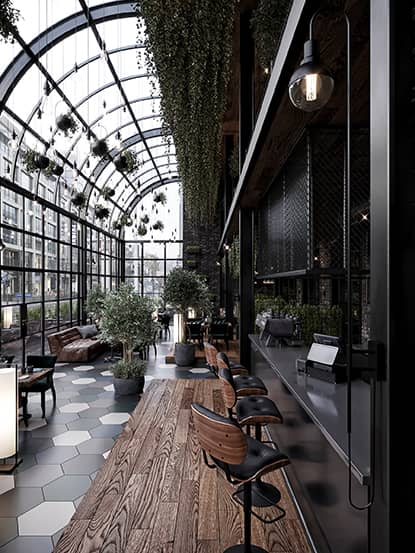 |
What are your main areas of expertise?
Interior and furniture design; I have all kinds of modeling skills related to my job, and I have dozens of patented product designs. I am proficient with many different decorating styles, be it modern, industrial, classic or rustic. In fact, I would say that my adaptability is one of my strong suits as a designer, and I can easily align myself to a customer and their individual needs. At the same time, I want my work to be distinct and recognizable, and everything I am involved with is reflective of me as an artist.
Is there a part of CG-related work you particularly enjoy? For what reasons?
I think the most enjoyable part of working with CG is setting up the camera and start taking test renders after preparing the scene. Sipping on my coffee while anticipating the results always feels exciting to me.
You have enjoyed international success and recognition, and broken new ground as a Turkish designer. In your experience, what is the current state of the Turkish CG industry and community?
First of all, I am honored by your opinion, thank you. The Turkish CG industry has come a long way in recent years. There are very good VFX companies, and plenty of well-equipped, talented, and qualified young people in the CGI field. I firmly believe that knowledge increases when shared, which is why I try my best to support the community, whether it is by answering questions I receive online, giving advice, or listen to criticism. There is a lot we can learn from each other. I am of the opinion that the CG industry in my country will progress further. If we want to develop a proper sector, we have to establish certain standards and labor laws to protect employees, of course. |
 |
Let’s talk about your work in more detail, namely your submission to our campaign, a café and restaurant interior in Almaty, Kazakhstan. Please tell us all about the project and the story behind it! Can you first of all describe the circumstances that lead to the creation of this project, the different parties involved and your role in particular?
This project started when the client contacted me on Instagram in September 2021. The 500m2 café is actually an extension at the front of a much bigger building, but since it is a separate structure, I was free to design the area without any limitations. The café consists of two floors, with a dining area, cafe, and bar on the ground floor, and VIP dining areas and rooms on the upper floor.
Can you tell us more about your design and the style you settled on?
The design was driven by the idea of softening and enriching the material world and inviting nature into the interior. I designed a space that visually adds aesthetic value to the entire structure and provides plenty of room to the patrons. I wanted the ‘Almati Café’ to a modern and functional, yet unique interior.
At first glance, the most striking element of the ‘Almati Café’ is its grandeur: it has a striking and impressively large vaulted ceiling and façade. A fine example of modern design in my opinion, the long-winded elements and artistic decoration definitely capture the rich personality of the project.
How long did it take you to complete the project?
Once I had decided on the design, I completed the project with a total of 22 renders in one week.
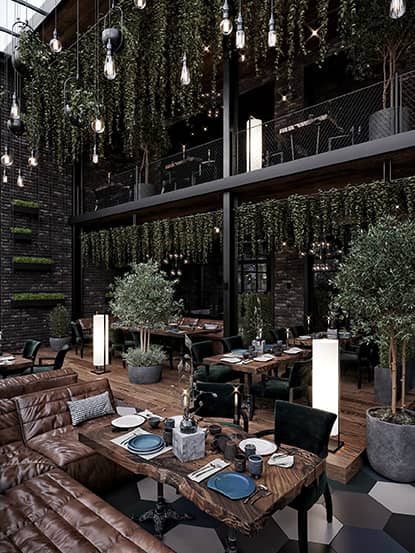 |
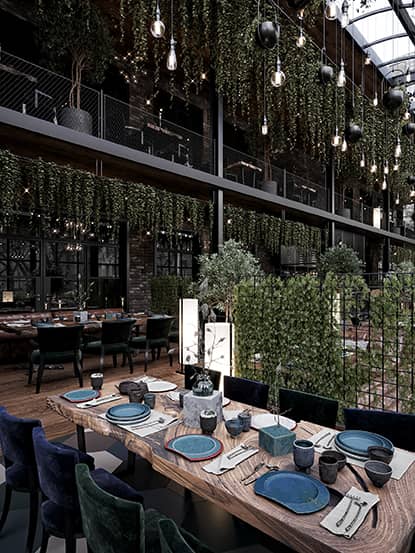 |
Can you tell us more about your design process and the style you settled on?
The entire process was enjoyable, with different ideas competing with each other in my head right from the start. I really wanted to wow people with the ‘Almati Café’ and tried to produce fine details in every nook and cranny. The vault ceiling worked extremely well in making the space more magnificent and capturing the daylight most effectively. The green stalactites hanging from the ceiling and the plant clusters further help in creating a tranquil and comfortable environment.
Can you talk a bit about your use of colors, materials, lighting, and overall composition?
As I have mentioned before, I work with almost every style, but I generally like lofts and similar modern interiors a lot. So in this case, a characteristic loft space emerged eventually, with a high vaulted ceiling, large windows, and pendant lamps. For materials, I mostly relied on bricks and wood, and of course the greenery.
Those who know me know that I like to create dark or dim spaces. I also freely experiment with different lighting setups and effects, as the movement of light and its effects are very important to me. The ‘Almati Café’ was no exception, and I spent a lot of time preparing the scene and creating the light sources. I used HDR to provide the general external light source, then placed lamps, chandeliers, and globes, as well as additional lights that I put over the spotlights. You usually illuminate spaces with small or regular sized windows by placing rectangular lights behind the windows. But since this interior has such huge windows, I thought a suitable HDR was sufficient only for the external light source.
What software did you use to create this piece? Were there any plugins you found particularly helpful?
This scene was rendered using 3ds Max and Corona Renderer. I did not use any render elements or plugin other than location generator. As usual, I also used Photoshop for post-production, although in this case it consisted only of minor adjustments to contrast and sharpness.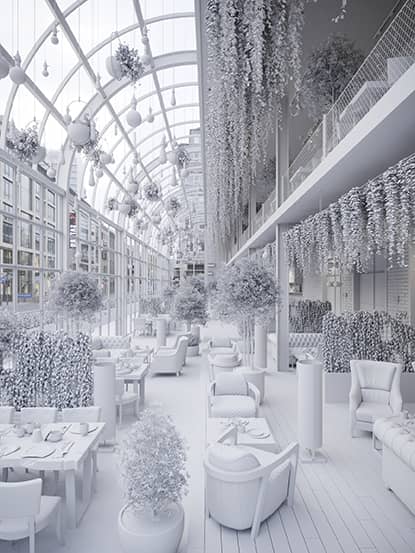 |
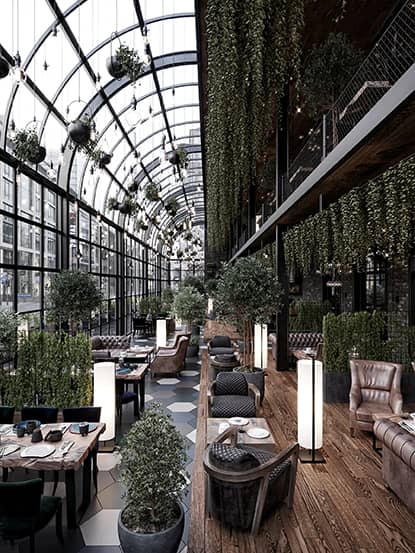 |
What has the feedback been like so far? Are you satisfied with the results yourself?
The feedback has been extremely satisfying and honoring. First, after a short and excited wait came the client’s evaluation, and without even the slightest revision, the project went straight into its implementation phase. Later, when I posted it on my social media, I received an overwhelmingly positive response not only from my own followers, but a lot of other users as well. Out of all the projects I shared on my account, ‘Almaty Café’ received the most likes, I think.
Have you used RebusFarm before? If so, please tell us about your overall experience. Is there anything you especially like about our service?
I have not had a chance to use RebusFarm yet. But when you invited me to post some of my work to your website, I was on board right away. Thanks for reaching out!
In closing, is there anything else you want to say? Any plugs, shoutouts or present or upcoming projects you’d like to mention?
Thank you for this interview opportunity. Hope to see you all again soon and showcase my new works!
Serhat, thank you so much for taking the time and all the best in the future!
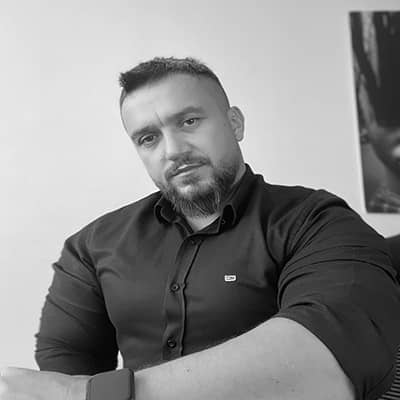
About the artist
M. Serhat Sezgin is a seasoned interior and furniture designer from Turkey. Entirely self-taught, Serhat went on to make a name for himself as a unique and immediately recognizable designer and 3D artist. Throughout his career, he has worked with many international clients and world-famous brands.
Get started with your own renderings
